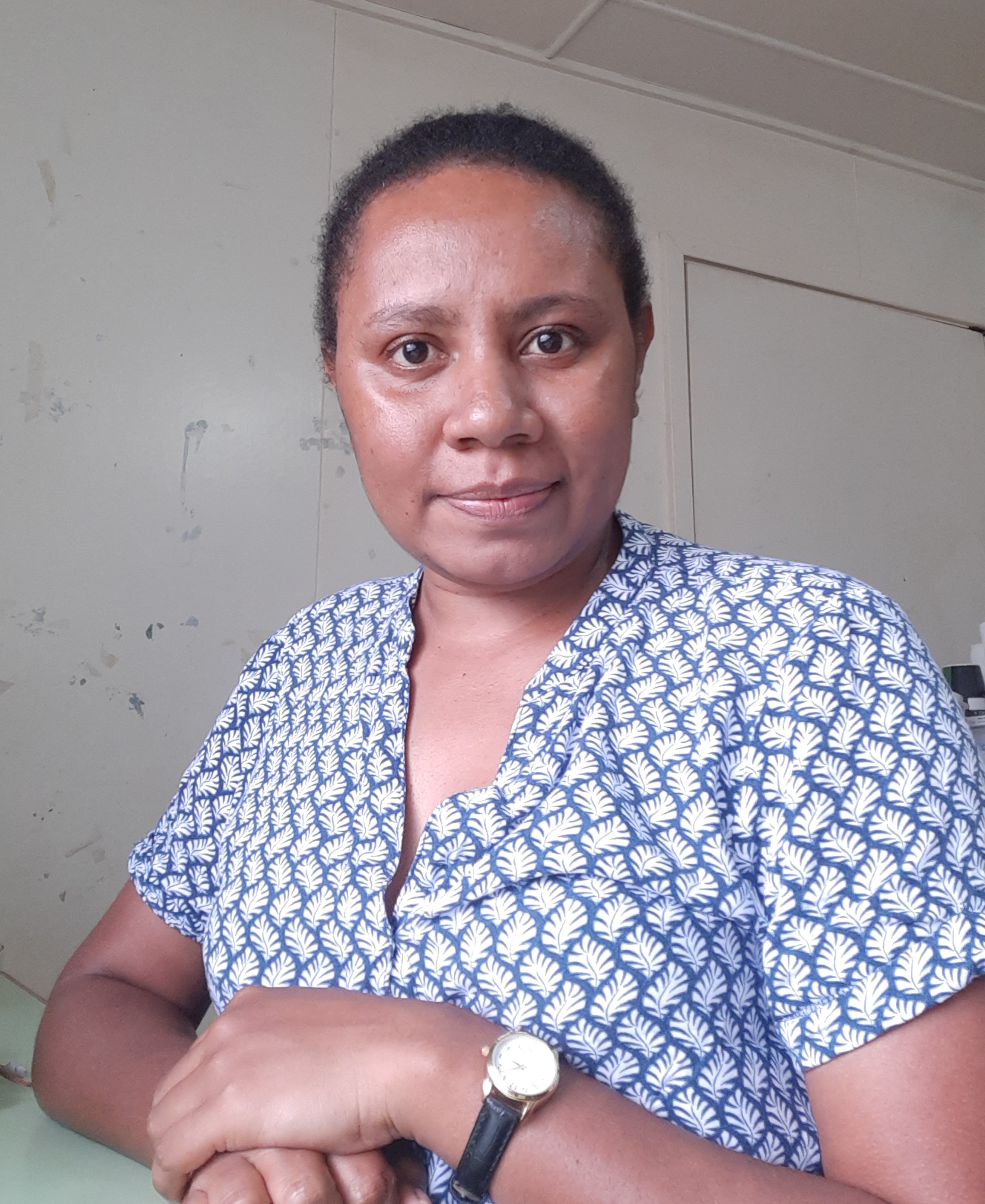Search
News & Events
New vaccine promises fewer needlesPerth researchers are calling for help from Perth toddlers and their parents to participate in a new project that aims to reduce the number of injections

News & Events
Researchers share their expertise with the community in CockburnResearchers from the Wesfarmers Centre of Vaccines and Infectious Diseases at The Kids Research Institute Australia have shared their expertise with the community in Cockburn, covering topics ranging from respiratory disease in babies to recurring ear infections in kids.

News & Events
Latest Deborah Lehmann Research Award RecipientCongratulations to Dr Paula Tesine who is the successful recipient of the Deborah Lehmann Research Award. As the third recipient of the Deborah Lehmann Research Award, Dr Tesine received $30,000 towards her research.

News & Events
Warm Welcome for the Neonatal Infection and Immunity TeamClinical Professor Tobias Strunk, Dr Andrew Currie and their Neonatal Infection and Immunity Team have become the newest members of the Wesfarmers Centre of Vaccines and Infectious Diseases.
Research
The Prevalence of HIV Infection in Minority Indigenous Populations of the South-East Asia and Western Pacific Regions: A Systematic Review and Meta-analysisA random effects meta-analysis was used to estimate the pooled prevalence of HIV infection within minority indigenous populations of the South-East Asia (SEAR) and Western Pacific Regions (WPR). Sub-group analyses were conducted, and the sources of heterogeneity explored through meta-regression. The majority of studies were undertaken in high HIV risk subpopulations.
Research
Antimalarials for children with Plasmodium vivax infection: Current status, challenges, and research prioritiesThe aim of this narrative review is to summarise efficacy and pharmacokinetic data for Plasmodium vivax in children. The burden of P. vivax malaria in children continues to remain a significant public health issue, and the need for improved treatment regimens for this vulnerable population is critical.
Research
Effectiveness of Palivizumab against Respiratory Syncytial Virus: Cohort and Case Series AnalysisPalivizumab appeared effective for reducing virologically confirmed respiratory syncytial virus in this high-risk cohort
Research
S. aureus colonization in healthy Australian adults receiving an investigational S. aureus 3-antigen vaccineBased on descriptive analyses of this small study, S. aureus 3-antigen vaccine vaccination did not impact S. aureus acquisition or carriage
Research
Predictors of hospital readmission in infants less than 3 months oldTo examine rates and predictors of 7-day readmission in infants hospitalised before 3 months of age with infectious and non-infectious conditions. A retrospective population-based data-linkage study of 121 854 infants from a 5-year metropolitan birth cohort (2008-2012). Cox proportional hazard models were used to examine associations between infant and maternal factors with 7-day readmission.
Research
Nasopharyngeal density of respiratory viruses in childhood pneumonia in a highly vaccinated setting: findings from a case-control studyDetection of pneumonia-causing respiratory viruses in the nasopharynx of asymptomatic children has made their actual contribution to pneumonia unclear. We compared nasopharyngeal viral density between children with and without pneumonia to understand if viral density could be used to diagnose pneumonia.
